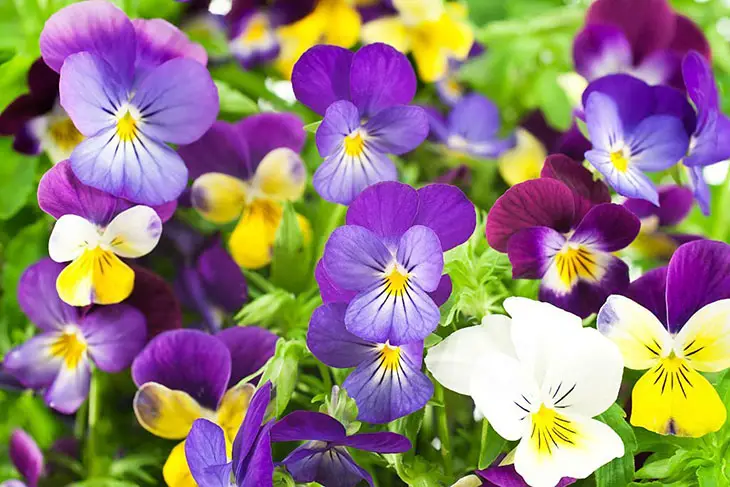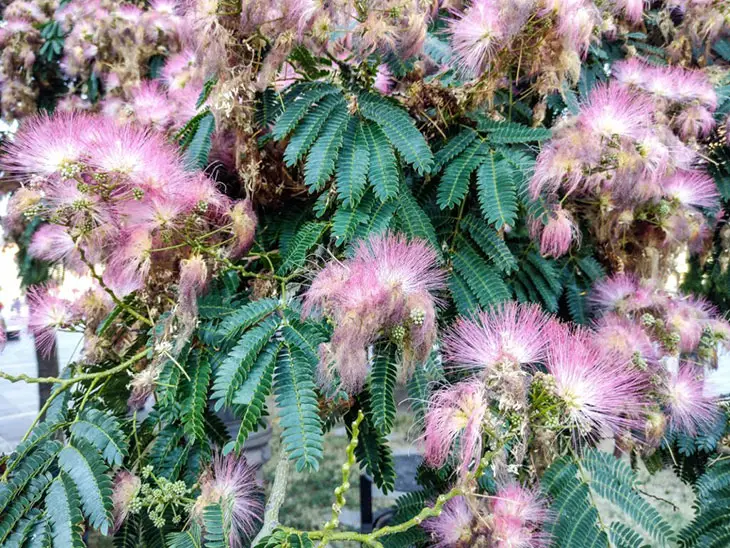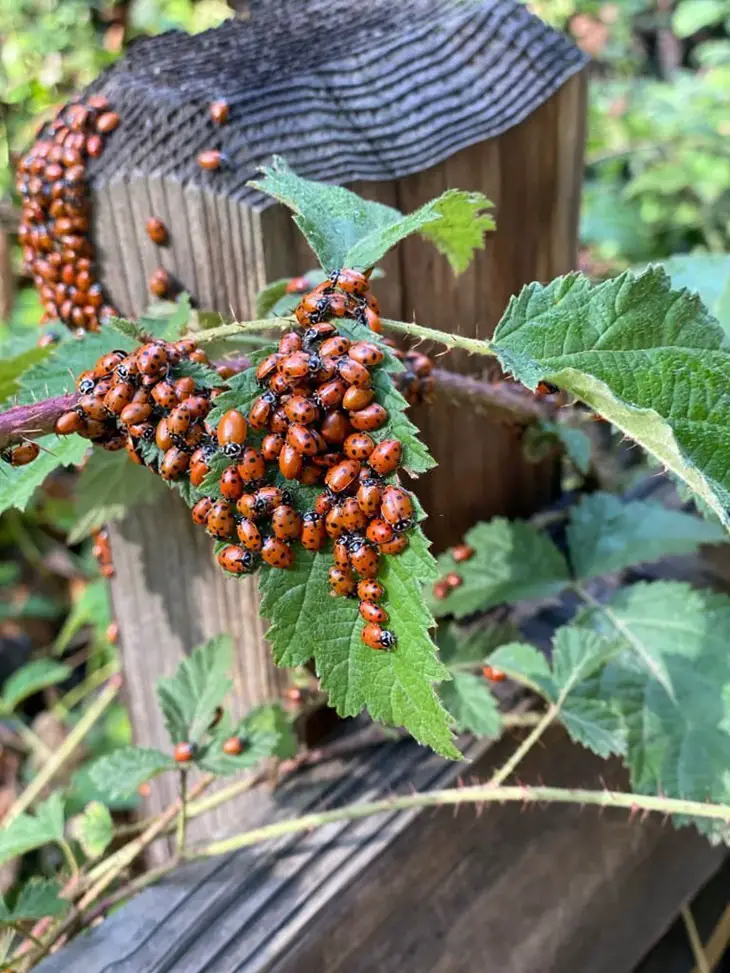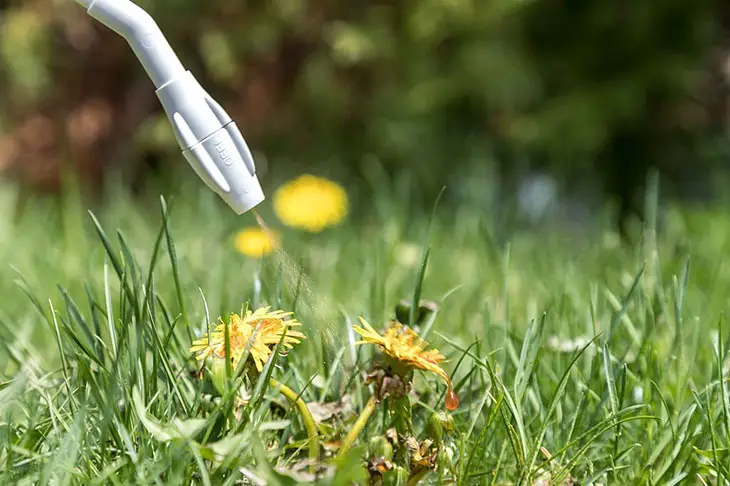
There are many potential dangers of Grazon herbicide. They happen when used improperly, from the wrong quantity to the improper application.
This article will show you how dangerous it is if you don’t follow the guidance of Dow AgroSciences – the Grazon’s manufacturer.
I will also give tips and notes to protect your trees from this harmful product.
What Are The Dangers Of Grazon Herbicide?
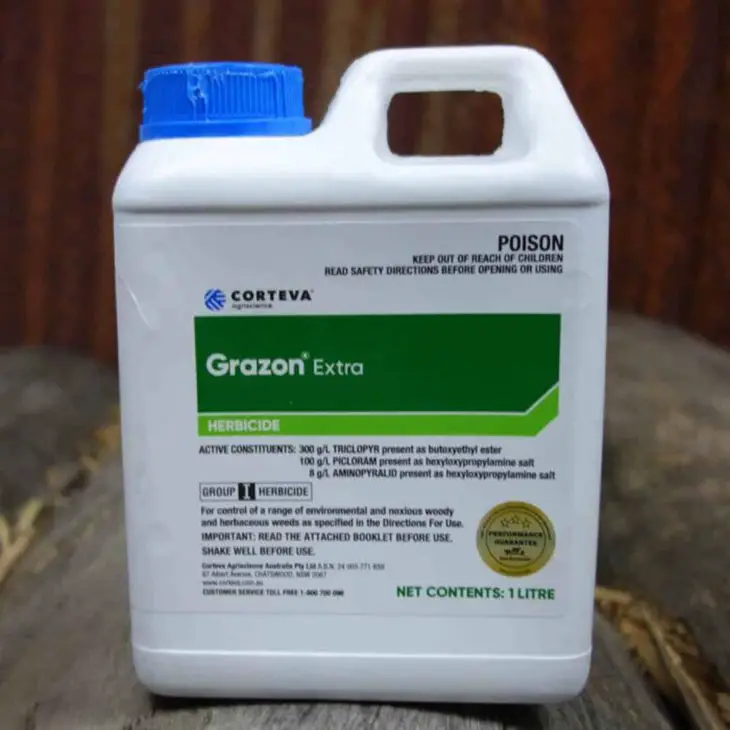
Grazon herbicide may affect different species, from plants to animals and humans. It also harms the environment. Let’s dig into the details.
Affect People’s Health
When Grazon herbicides come into contact with our skin, it causes many irritants. Even its vapor – another presence of herbicides- can damage the eyes and nose.
The damage goes serious if it’s direct contact. Once this chemical enters our digestive tract, it starts damaging our organs, like drinking Miracle-Gro.
Residual herbicide activity also has neurotoxic effects on humans. It’s important to wear protective clothing when applying Grazon. The ratio of chemicals is also a point to prevent unexpected damages.
Harm Non-targeted Plants
Grazon herbicide works great in killing and preventing grass growth in the garden. Yet, it harms other plants, too.
This chemical product can cling to non-targeted plants and pervade plant tissue. Wind and high temperatures also promote Grazon to latch onto plants.
The wind blows the chemical and makes it spread. Meanwhile, high temperatures enhance its vapor drift.
The wrong usage leads to many diseases in stems, leaves, fruits, and flowers. Tiny black spots on pepper leaves are also a consequence of herbicide.
These symptoms don’t appear until three weeks after application.
Applying Grazon in commercial food crops or fruit trees takes 4 weeks to help the herbicide break down.
Cause Environmental Issues
One of the most hidden dangers of Grazon herbicide relates to the environment. Its residue can stay up to 6 months on the soil. It turns these areas into poisonous habitats for their residents.
When it rains, it dilutes the herbicides. These chemicals can travel deeper into the groundwater. The presence of herbicides contaminates plants, animals, and human beings.
Instead of systemic herbicides, farmers usually plant peas to control noxious weeds. The presence of legumes limits the natural resources for grass.
Manual grass clippings will remove unwanted plants without hurting the environment.
Hazards To Animals
European Union agency evaluations said that the toxins might transfer differently from plants, aquatic environments, or soil to animals.
It goes through their digestive system or skin and spreads to other organs and cells.
The residual herbicide activity causes damage in cells and poisoning. The animals vomit, foam at the mouth, or get severe diarrhea. At worst, they can die and miscarry.
The toxicity can remain inside their bodies for up to a week, depending on the amount and animal kinds.
Livestock owners should not slaughter these objectives three days after days of application. Livestock manure cannot work as dung, or it can harm sensitive plants.
Does Grazon Herbicide Kill Trees?
Yes, it can. It is quite weak, especially when diluted in water with the right ratio. Mature trees can resist it, but young ones.
The woody plant gets fewer effects from Grazon than flower crops, grain crops, fruit trees, nonfood crops, and other susceptible crops.
This systemic herbicide cannot largely kill trees due to the aminopyralid – a Grazon active ingredient. But, residual herbicide activity may cause curling leaves or misshapen fruit.
I recommend not spraying it on the trees. It would be best to apply Grazon a few meters away from the trunk to avoid affecting the roots.
How To Protect Trees When Using Grazon Herbicide?
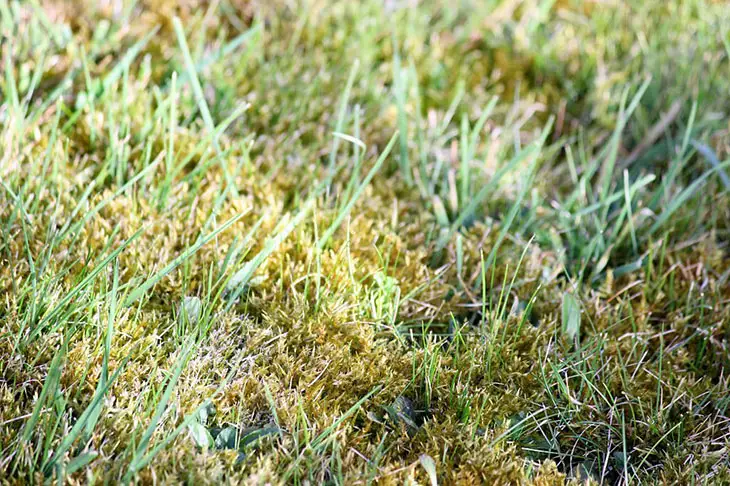
The application method, wind, and temperature may spread Grazon herbicides, harming other sensitive plants. I will give you some tips to avoid poisoning non-target plants.
- Use a backpack sprayer. This equipment will spread chemicals and limit their amount to the environment. Additionally, it focuses on your target plants.
- Avoid a windy day or exposure to sunlight. Wind and high temperatures help the chemicals to travel uncontrollably. It’s not good news to non-target plants.
- Spare a space for non-target plants.
- Don’t apply herbicide if it rains or tends to rain. The herbicide will be rinsed off, poisoning the soil and other sensitive crops.
- Never apply herbicide on surface water.
How To Save A Tree From Grazon Herbicide?
There are two common methods to save a tree from Grazon herbicide. The first one is manual, while the second one works with chemicals.
The former offers to stop providing nutrients to the trees immediately. Then, rinse its leaves, trunk, and roots with water.
I also use mild soap in this case. Removing old soil and offering new one is key. The chemicals may seep into the ground and make it poisonous.
The latter needs detoxification products to bring the tree alive. They promote metabolism and eliminate toxins quickly.
Using kali humate, amino acid, or powdered seaweed are some solutions you should keep in mind.
What Is The Correct Method To Apply Grazon Without Harming Trees?
When applying Grazon, focus on the target plants and spare some space for others. You should be aware of the root area of non-target plants and stay away from it.
Grazon may poison the soil and harm the root.
Don’t focus on the application method only. The formula to mix Grazon is a big point. The manufacturer offers different recipes to treat specific targets.
For example, it requires 2.75l of Grazon to control a hectare of Canada thistle. It turns to 4.67l for each hectare of red clover!
A backpack sprayer will help control the chemicals and the application radius. You should wear protective clothing, gloves, gas mask, etc., to protect yourself.
FAQs
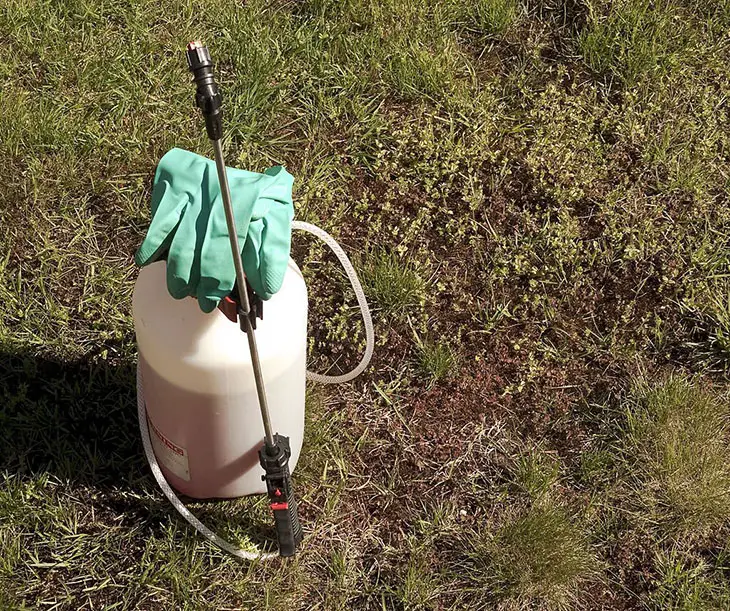
How Long Does Grazon Herbicide Stay In Soil?
Grazon herbicide can remain in the soil for up to 6 months. The period varies because of the amount used and the environment. If it rains, the chemicals are dissolved quicker.
During this period, Grazon activates and prevents the development of broadleaf plants. However, it also affects the development of other sensitive crops.
The contaminated soil causes curling leaves, twisted stems, and other plant diseases. It reduces the productivity in the garden. Worse, it harms people when consuming poisonous fruits and vegetables.
I learned two things from this information. First, it is necessary to avoid applying Grazon to the soil. Second, following the label instructions is never time-wasting.
What Does Grazon Herbicide Kill?
According to the herbicide product label, Grazon controls over 100 broadleaf crops. This impressive number turns Grazon into a popular herbicide.
Many species, such as Canada thistle or nightshades, are hard to kill. Grazon can control them within a year with one application.
This product can eliminate some weeds and stop their development in the next two years. They are dandelions, thistles, broomweed, and so on.
Conclusion
The dangers of Grazon herbicide are countless. This product causes adverse effects on all living species, from plants to animals and humans.
Herbicide residue creates many hidden consequences without any comprehensive solutions.
These dangers tell us to follow the herbicide label instructions. Never skip this step to protect yourself and your plants.
Although Grazon is harmful in some ways, it can control various broadleaf weeds. It’s much better than herbicide drift products in the market.
